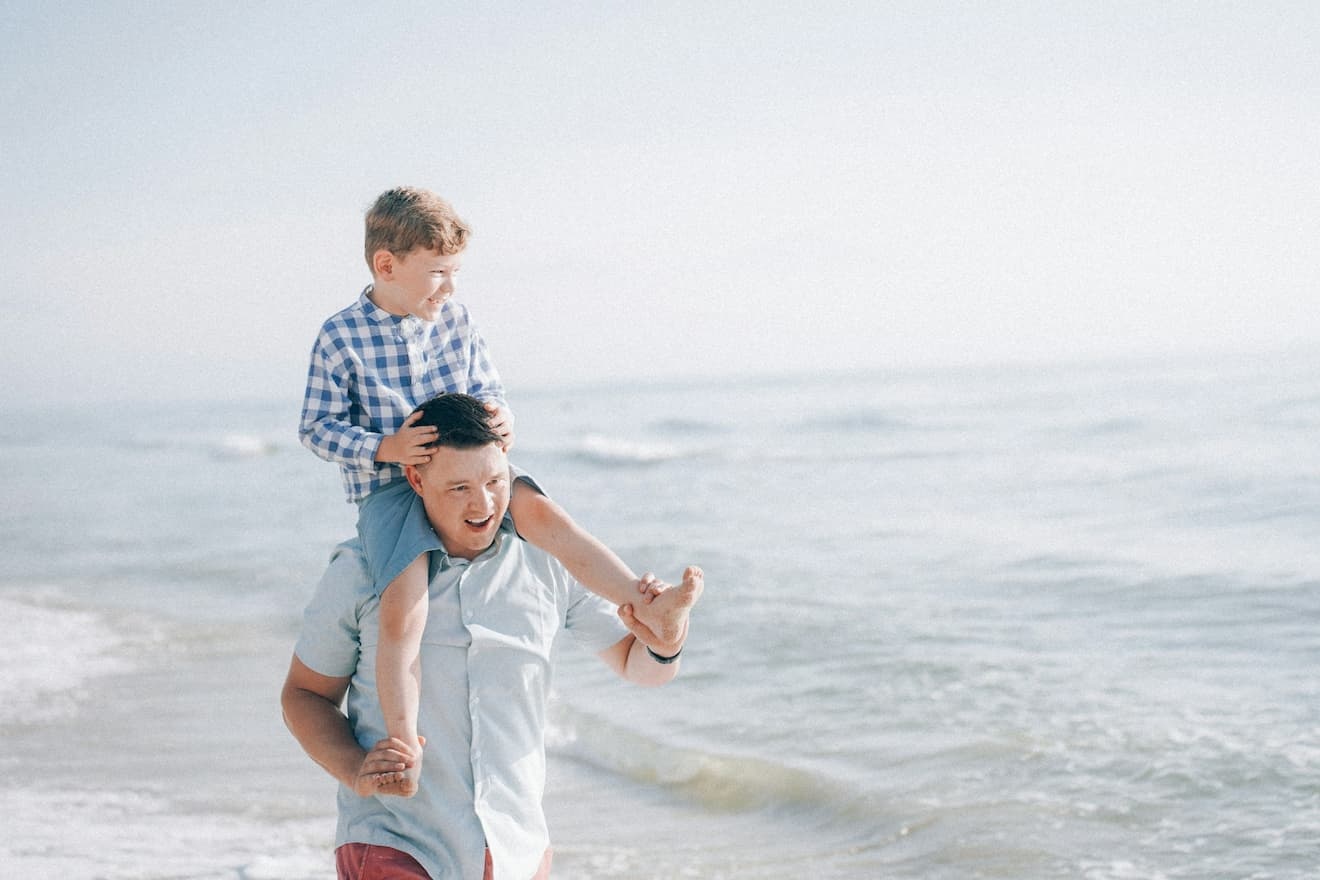Social Anxiety in Children: Signs, Causes, and How to Help

For young children, social anxiety might look different from what it does in adults. While adults can articulate their fears, children often express anxiety through their bodies and behavior. They might complain of stomachaches before social events, have meltdowns when meeting new people, or simply shut down in group settings.
What makes social anxiety particularly challenging is that children can’t always escape social situations. School, family gatherings, and everyday activities all require some level of social interaction. When anxiety makes these normal childhood experiences feel threatening, it can significantly impact a child’s development and family life.
Recognizing the Signs
Every child shows anxiety differently, but certain patterns emerge. Physical symptoms frequently appear first; your child might experience stomachaches, headaches, or feel sick before social situations. You might notice them trembling, sweating, or breathing rapidly.
Behavioral signs can be equally telling. Children with social anxiety often avoid eye contact, speak in whispers, or refuse to speak at all in certain settings. They might have extreme difficulty participating in class, making friends, or joining group activities. Some children become clingy with trusted adults, while others withdraw completely.
The emotional impact runs deep. These children often struggle with negative self-talk, expecting the worst outcomes in social situations. They might say things like “Everyone will laugh at me” or “I’ll mess everything up.”
Common Causes and Contributing Factors
No Single Cause
Normally, it’s a combination of factors working together. Some children are born with more sensitive temperaments, making them naturally more reactive to new situations and people. Research by experts like Dr. Dan Siegel shows us that the brain’s alarm system can be more easily triggered in some children, making social situations feel genuinely threatening.
Traumatic or Embarrassing Social Experiences
A child who was laughed at during show-and-tell or excluded at recess might develop intense fear about similar situations. As Dr. Bruce Perry’s work demonstrates, these experiences can actually change how a child’s nervous system responds to social cues.
Family Dynamics
Children learn by watching, and anxious parents might unknowingly model worried behavior. Overprotective parenting, while well-intentioned, can prevent children from developing confidence. Conversely, children who haven’t had enough positive social experiences might simply lack the practice needed to feel comfortable with others.
How Parents Can Help
Supporting a child with social anxiety requires patience, understanding, and a collaborative approach. We believe that parents are essential partners in their child’s healing journey. Your deep emotional connection with your child can be a powerful tool for helping them feel safe and supported.
Start by validating your child’s feelings without dismissing them. Instead of saying “There’s nothing to be afraid of,” try “I can see you’re feeling really worried about this. Let’s talk about what might help.” This acknowledgment helps children feel understood and creates space for problem-solving together.
Play can be an incredible tool for addressing social anxiety. Through play, children naturally process their experiences and practice social skills in a low-pressure way. You might use dolls or action figures to act out social scenarios, allowing your child to explore different responses and outcomes in a safe, playful context.
Creating predictable routines around challenging situations can also help. If school drop-off triggers anxiety, develop a consistent goodbye ritual. Practice social situations at home where your child feels safe.
Working with Schools and Support Systems
Open communication with teachers is crucial. Share specific information about what triggers your child’s anxiety and what strategies help at home. Many schools can provide accommodations like allowing extra time for presentations, permitting breaks when overwhelmed, or creating a quiet space for regulation.
Consider how siblings might be affected. They need to understand that their brother or sister’s anxiety is real, not attention-seeking behavior. Explain in age-appropriate terms that sometimes our brains send false alarm signals, and our sibling needs extra support to feel safe.
If anxiety significantly interferes with school attendance, friendships, or family activities, child therapy can help. Reach out to learn more about anxiety therapy for children.

